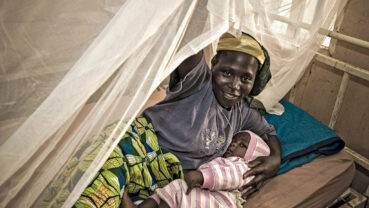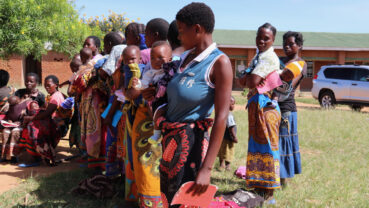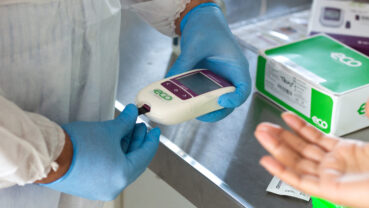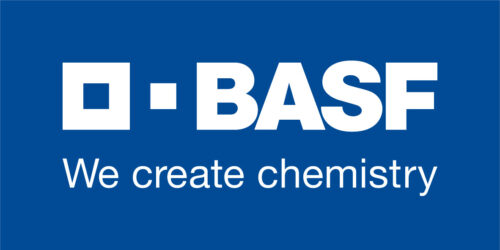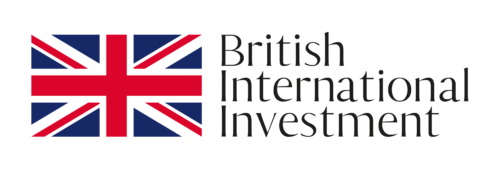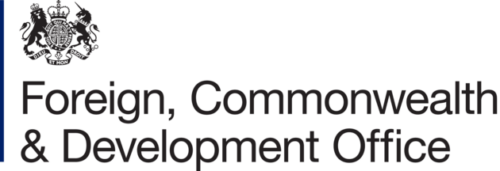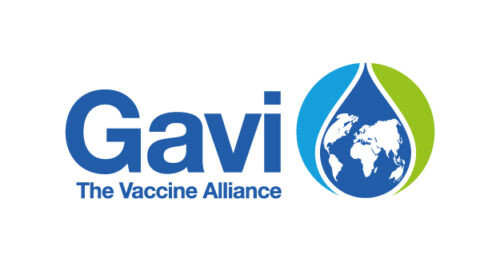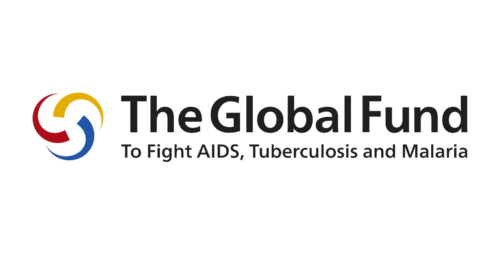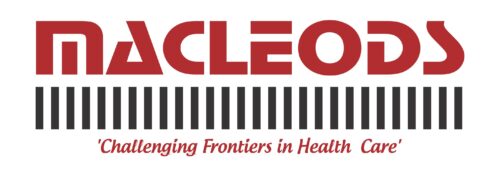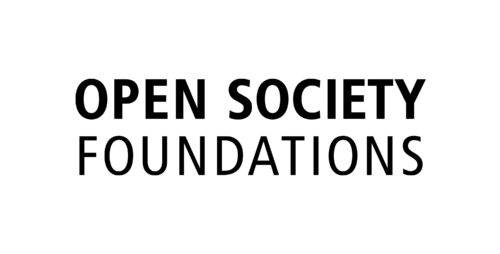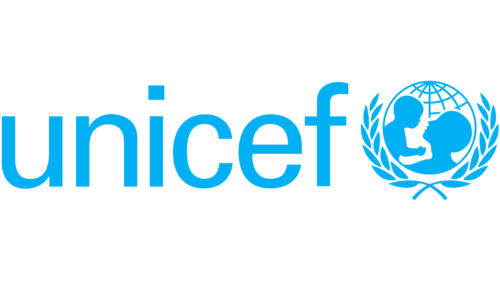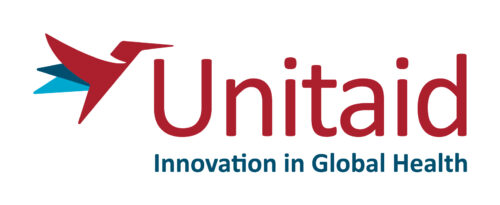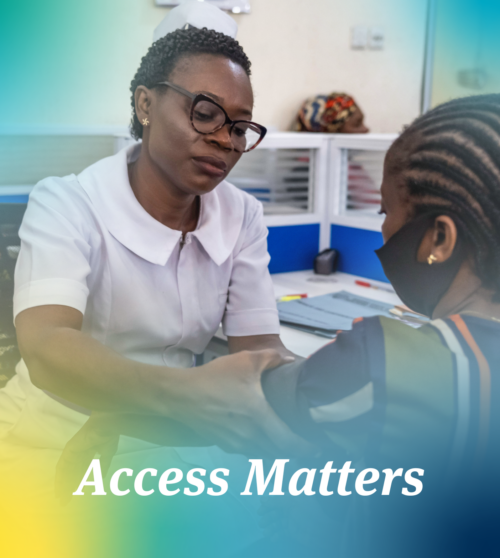Our impact on malaria
Malaria claims the life of a child every minute of every day. Our agreements are helping accelerate access to malaria products in low- and middle-income countries.
Global malaria overview
In 2022, there were around 249 million malaria cases and 608,000 deaths. The majority of these – 94% of cases and 95% of deaths – were in the WHO African Region. Eighty percent of malaria deaths in the region are among children under five years old. But nearly half of the world’s population is at risk of malaria.
Most malaria cases are caused by one of two parasite species: P. falciparum or P. vivax. A wide range of innovations exist to prevent infection by either species, including vector control technologies such as mosquito nets, sugar baits and indoor residual spraying; preventive chemotherapies; and now vaccines too.
Early treatment of malaria is key to reducing deaths and onwards transmission. But one of the biggest barriers to effective prevention and treatment is antimalarial drug resistance among the malaria parasites. Increasing access to preventive technologies and treatments that are not affected by resistance are key to achieving malaria elimination.
“Malaria kills over a quarter of a million children every year; this vaccine has the potential to have a real impact on this toll.”
Dr Seth Berkley, CEO, Gavi, the Vaccine Alliance
Our malaria agreements
To date, we have signed three agreements to accelerate access to products that tackle malaria:
- Next-generation mosquito nets that protect people against mosquitos that have developed resistance to standard pyrethroid-only nets.
- RTS,S – the world’s first malaria vaccine, designed specifically to tackle malaria in Africa.
- Testing for G6PD enzyme deficiency. This is essential for healthcare workers to provide appropriate treatment for P. vivax malaria.
Impact to date:
Around
11.8 m
malaria cases averted (additional to standard nets)
Enabled continued production of
RTS,S antigen
ahead of key policy and funding decisions
Case study: Next-generation mosquito nets
Our guarantee for BASF secured a 40% price reduction for the company’s Interceptor® G2 mosquito nets to tackle malaria in areas where mosquito resistance to standard nets is increasing.
The nets use two ingredients: chlorfenapyr, a class of insecticide new to public health, and pyrethroids. The nets can kill mosquitos that have developed resistance to pyrethroids, as well as those that have not.
A study in Tanzania showed the nets reduced clinical episodes of malaria by 44% over two years compared to standard nets. A further study in Benin confirmed the nets’ effectiveness, paving the way for the World Health Organization’s policy recommendation for countries.
By the end of 2022, more than 41 million nets had been shipped to 16 countries in Africa under the terms of the guarantee, through the Presidents Malaria Initiative and the New Nets Project, a partnership between the Global Fund, Unitaid, IVCC and others.
“We know that bed nets are generally well-received by users and have the lowest cost per person protected, so these dual-treated nets are a real breakthrough.”
Dr. Tom McLean, Director of Access, Innovative Vector Control Consortium (IVCC)

